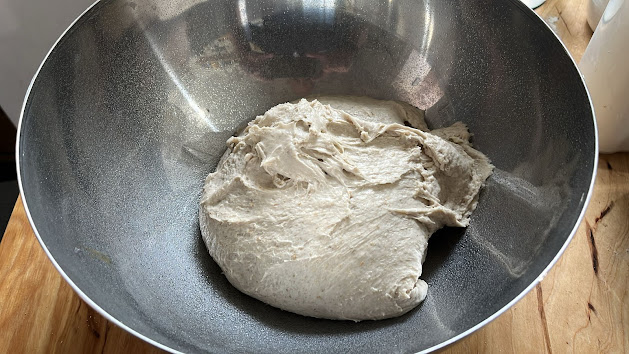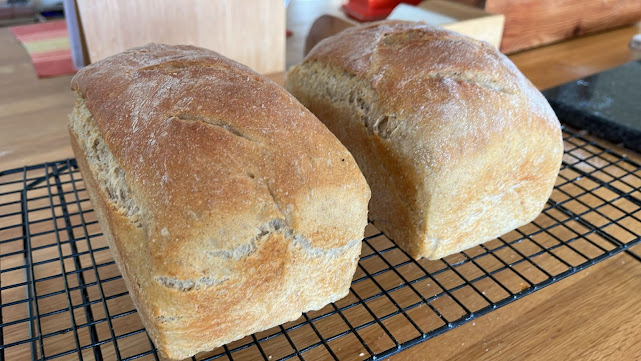Pane Sciocco
Welcome to another step-by-step recipe from BreadClub20. Why not drop by our main Facebook page by clicking here.... If you like what you see and enjoy the recipe, we hope you join us by 'Liking' and 'Subscribing'
"Tu proverai sì come sa di sale lo pane altrui, ..."
(Dante Alighieri in 'The Divine Comedy')
Pane Sciocco is commonly found in Tuscany, Umbria and the Marche regions of Italy. It's basically...bread without salt. Outside of Italy, it's more commonly known as Pan Toscano.
Although it means 'bread without salt', it also translates as 'stupid bread'!
Make of that what you wish!
Pane Sciocco bread that perfectly accompanies and embraces the saltiness of Italian meats, cheeses and olives. But, why and how did this area of Italy come to be known for bread without one of the most basic ingredients of bread?
Well, the truth lies in folklore, legend, history and probably old wives' tales.
Legend No. 1
It's the Middle Ages and Florence and Pisa were intense rivals. Such was the intensity and animosity that Pisa decided to block all the salt deliveries to Florence at the port in Pisa, so preventing them from reaching Florence. Out of stubbornness and necessity, the Florentine bakers decided to bake their bread without the addition of salt....and the rest, as they say, is history.
Unless, of course, you'd prefer
Legend No. 2
Which do you prefer?
Whichever you're going with - it's also worth remembering that Tuscan bread includes a long fermentation period which helps it stay fresh for several days. A lack of salt helps this process and also contributes to bread that has a soft inside and a crunchy crust.
So, whether you bake a bozza (round), or a filone (long) or a ciabatta (flat)...Tuscan bread is always without salt...senza sale.
Pane Toscano
INGREDIENTS
600 gms of strong white bread flour
8 gms of fast-action yeast
300 gms fresh sourdough starter
338 gms tepid water
PROCESS
Add the yeast to the flour and mix well.
Add the starter to the water and mix well.
Combine both and mix well.
Cover and leave at room temperature for 15 minutes.
Turn the dough out and knead for about 10 - 15 minutes.
Shape into a ball, place in a lightly oiled bowl/ Cover and place in the refrigerator for about 8 - 12 hours (or overnight).
 |
| The following morning |
Turn the dough out onto a lightly floured surface. Shape to suit your tins. Remember you're going to expect this to double during the final proof, so only half-fill the container.
Cover and allow to proof until doubled in size.
Preheat the oven to 190⁰C and bake at 30 minutes or until the loaf is golden brown and hollow when tapped on the underneath.
Cool on a rack before cutting.
Happy baking....










Comments
Post a Comment